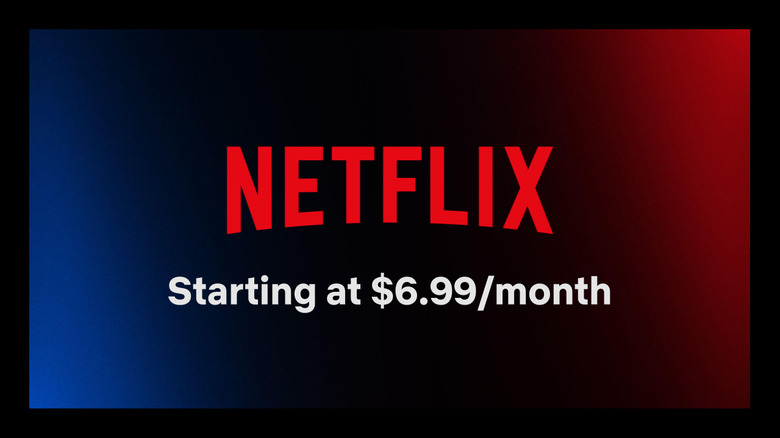Welcome Back To Cable: All Your Streaming Services Have Ads Now
This week, Prime Video became the latest streaming service to introduce ads. Even if you pay $139 per year for an Amazon Prime membership, you'll need to pony up an additional $2.99 per month if you don't want to see ads. The arrival of ads on Prime Video was all but inevitable, but it also feels like a point of no return for the industry. Now, virtually every major streaming service — save for one — makes you watch ads unless you pay extra. Our streaming future feels more like the past than ever before, but significantly more complicated.
I'm not sure it had really dawned on me just how quickly the entire industry hopped aboard the ad train until Amazon made its announcement on Friday. As of now, Netflix, Hulu, Disney+, Max, Prime Video, Peacock, and Paramount+ each offer ad-supported plans and charge more for ad-free streaming. It's no wonder FAST services like Tubi and Pluto TV are seeing such success — if you're going to have to deal with ads anyway, why not pick a free one?
Of course, you could opt for multiple ad-free streaming plans, but how much are you willing to spend? According to a 2022 NPR/Ipsos poll, the average consumer subscribes to 3.55 services. Let's round that up to four for this experiment. The four biggest streaming services in the US are Netflix, Prime Video, Disney+, and Max. Let's do some math.
Here's how much the cheapest ad-free plans from those four streaming services cost:
- Netflix (Standard): $15.49/month
- Prime Video (Ad-Free): $14.99/month or $139/year + $2.99/month
- Disney+ (Premium): $13.99/month (starting October 12, 2023)
- Max (Ad-Free): $15.99/month
Once Disney+ finalizes its latest price hike and Prime Video introduces its ad-free option in early 2024, this collection of streaming plans will cost $62.46 per month. Less than two years ago, this exact same setup would have cost you just under $52. The endless price hikes are typically just a nuisance on their own, but chances are you've subscribed to more than one service. At this rate, many customers are going to have no choice but to be more picky.
Of course, they could also save a significant chunk of change by simply downgrading to an ad-supported plan. Personally, I know very few people who are willing to put up with ads now that the streaming landscape has conditioned us to binge ad-free, but those plans are popular and feature most, if not all, of the same content, just with commercials.
The problem is that as these companies push more and more subscribers to their plans with ads, the whole enterprise starts to feel like it's moving in reverse. And while people have been joking about streaming being more expensive than old cable packages for years, Warner Bros. Discovery CFO Gunnar Wiedenfels said just last week that "an enormously valuable amount of quality content has been given away well below fair market value." Before long, it might actually cost more to subscribe to three or four streamers than to sign up for Xfinity, Spectrum, or DISH, provided traditional cable providers even exist in a year or two.
Now that streaming services have captured about as much of the market as they possibly can, they have to grow up rather than out. If they can't get you to pay $15 or $20 for a premium plan, they're happy to make just as much money off of you in ad revenue at a slightly discounted rate. In return, you can spend a few hours a month watching beer and car ads.
The only notable holdout at this point is Apple TV+, which offers one plan without ads (but it will shower you with trailers for its own shows). Sadly, it's likely just a matter of time until Apple joins the ad party, as The Information reported earlier this year that the company hired ad executive Lauren Fry "to help build a video advertising business for [...] Apple TV+."
